Colombia has spent decades shaking off its turbulent past, and the transformation has been nothing short of remarkable. While international headlines once focused on conflict and cartels, today’s reality paints a very different picture across the country’s urban centers.
Modern Colombia offers travelers and residents alike a network of cities that have undergone dramatic safety improvements over the past two decades. Here is a list of 17 Colombian cities that are significantly safer than most people realize.
Medellín
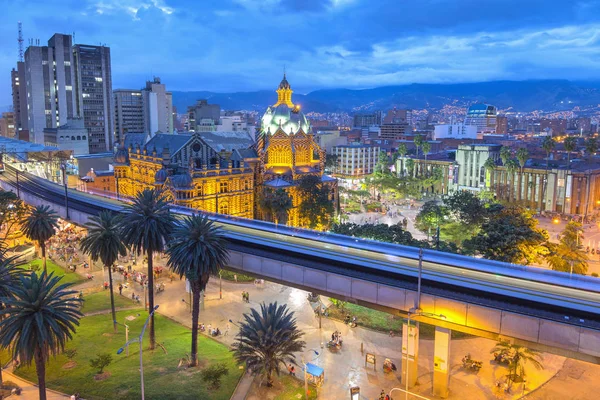
Once synonymous with danger, Medellín has become a poster child for urban renewal, though the transformation didn’t happen overnight. The city’s innovative metro system, cable cars, and public library networks have transformed entire neighborhoods that were previously no-go zones.
Digital nomads and retirees now flock to areas like El Poblado and Laureles, where finding a good coffee shop poses more of a challenge than staying safe.
Bogotá
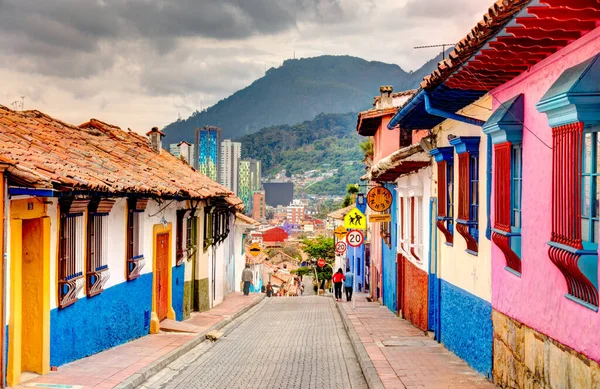
Colombia’s capital has invested heavily in urban planning and public safety initiatives that’ve dramatically reduced crime in most neighborhoods. The TransMilenio bus system connects safe residential areas with business districts — neighborhoods like Zona Rosa and La Candelaria maintain strong security protocols.
The city’s bike path network, one of Latin America’s longest, operates safely even during evening hours in most areas.
Like Travel Pug’s content? Follow us on MSN.
Bucaramanga
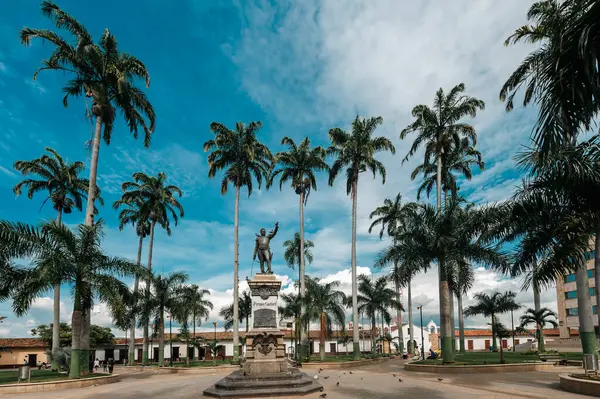
Often called the ‘City of Parks,’ Bucaramanga maintains one of Colombia’s lowest crime rates among major urban centers. The city’s compact size and strong community networks create an environment where neighbors look out for each other — it’s that simple.
Its reputation for being clean and orderly extends to public safety, making it a favorite among Colombian families and retirees.
Pereira
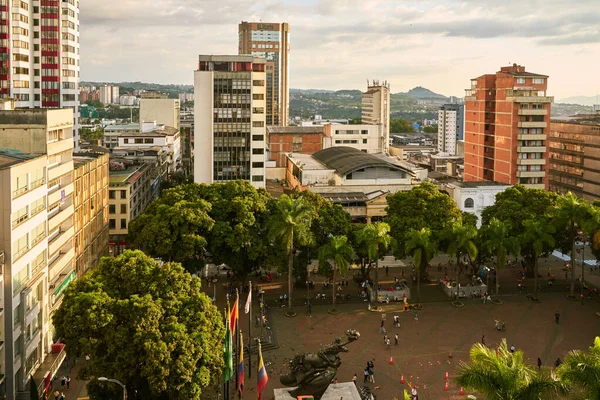
This coffee region hub has capitalized on its natural beauty and strategic location to create a secure environment for residents and coffee tourists alike. The city’s proximity to thermal hot springs and coffee farms attracts visitors who appreciate the low-key atmosphere — minimal safety concerns come as a bonus.
Local authorities have maintained crime rates well below national averages through community policing initiatives.
Manizales
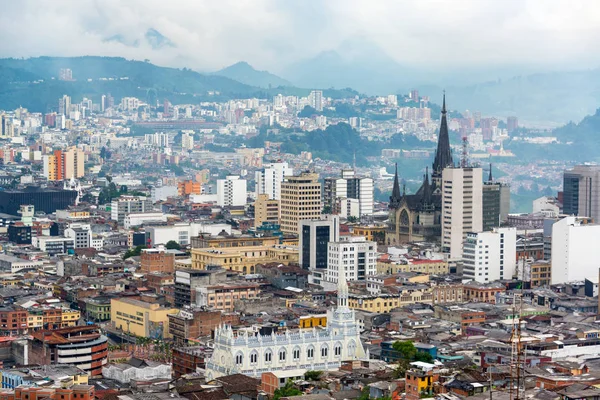
Perched in the Andes mountains, Manizales combines university-town energy with small-city safety, making it ideal for students and young professionals. The steep hillside neighborhoods feature tight-knit communities where crime is rare and quickly addressed.
The city’s cable car system provides safe transportation between different elevation levels, connecting residential areas with the commercial center efficiently.
Like Travel Pug’s content? Follow us on MSN.
Armenia
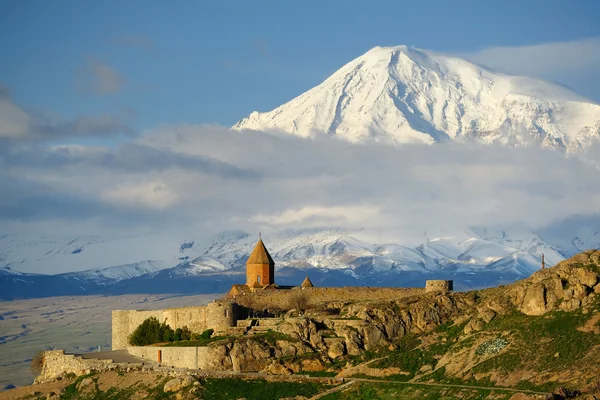
The heart of Colombia’s coffee triangle, Armenia, offers visitors a peaceful base for exploring nearby coffee farms and natural attractions. The city rebuilt itself after a devastating earthquake in 1999, creating modern infrastructure with safety as a primary consideration.
Today’s Armenia features well-lit streets, organized public transportation, and a business district that operates smoothly throughout the day and evening.
Santa Marta
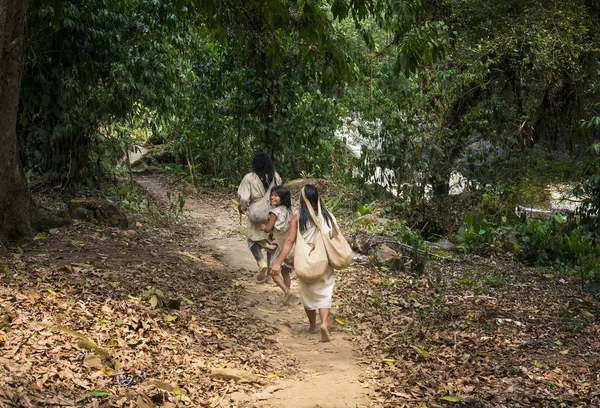
This coastal city serves as the gateway to Tayrona National Park, having developed robust tourism infrastructure with safety as a top priority. The historic center and beachfront areas maintain regular police patrols, while the city works closely with tour operators to ensure visitor safety.
The backpacker hostels and mid-range hotels in the tourist zone create a secure bubble for international travelers.
Popayán
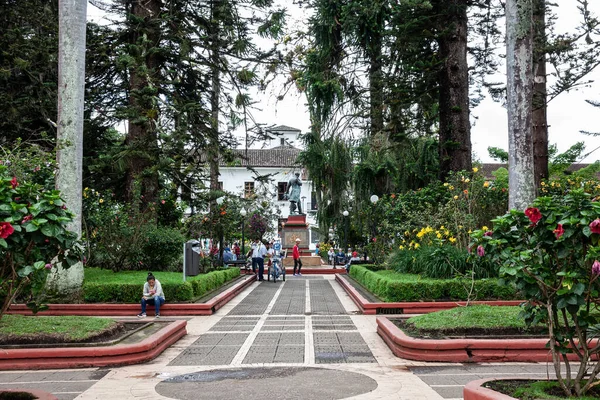
Known as the ‘White City’ for its colonial architecture, Popayán maintains a calm, safe atmosphere that reflects its status as a UNESCO World Heritage site. The compact historic center is easily walkable, though the strong Catholic cultural influence creates a conservative, family-friendly environment.
Crime rates remain among Colombia’s lowest, making it popular with cultural tourists and religious pilgrims.
Like Travel Pug’s content? Follow us on MSN.
Ibagué
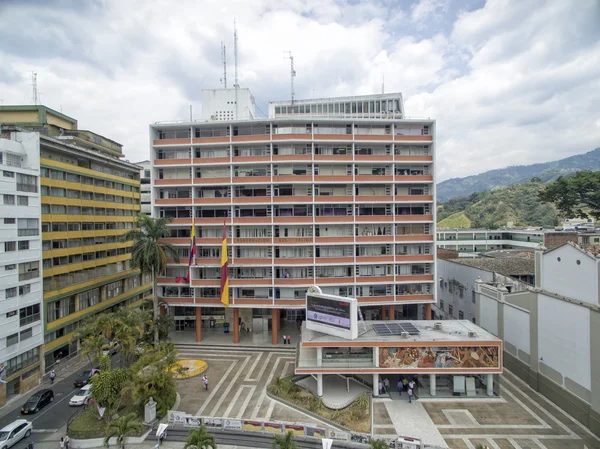
This central Colombian city has leveraged its position as a regional commercial hub to create safe business and residential districts. The city’s music conservatory and cultural institutions contribute to an educated, middle-class population that prioritizes community safety.
Local government initiatives have kept crime rates stable and low compared to other cities of similar size.
Villavicencio
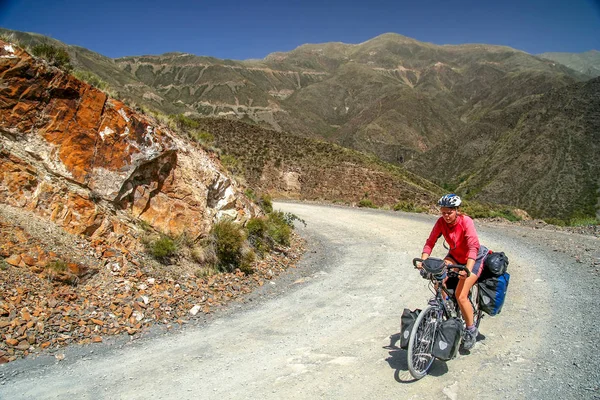
The gateway to Colombia’s eastern plains, Villavicencio has developed into a secure regional center with modern amenities and safety standards. The city’s role as an agricultural and oil industry hub has brought economic stability that translates into safer neighborhoods.
Business travelers and tourists heading to the llanos find the city offers reliable infrastructure while maintaining minimal security concerns.
Neiva
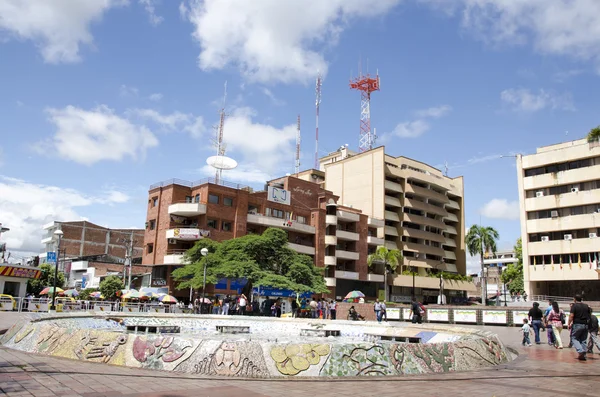
Located in southern Colombia, Neiva has maintained its reputation as a peaceful regional capital, with crime rates significantly below the national average. The city’s position along major transportation routes has encouraged investment in security infrastructure and police presence.
The compact downtown area and residential neighborhoods feature the kind of small-city safety that allows children to play in parks while families walk in the evenings.
Like Travel Pug’s content? Follow us on MSN.
Montería
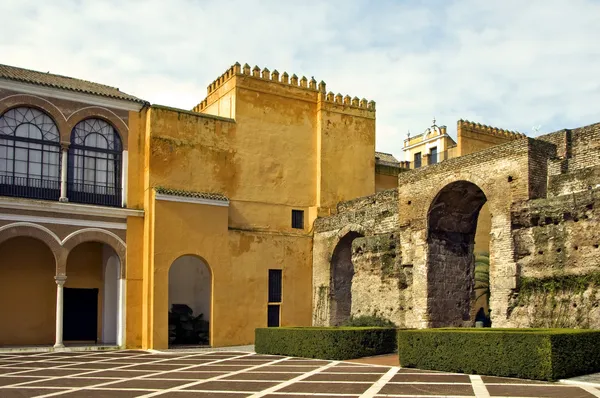
This northern city has undergone significant urban renewal that’s transformed it from a rough cattle town into a modern regional center. The Sinú River waterfront development includes parks and recreational areas with adequate lighting and security measures.
Business districts and shopping areas now operate with safety standards that rival larger Colombian cities.
Sincelejo
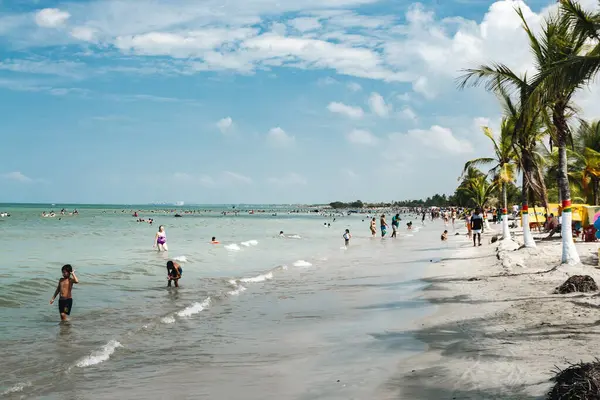
The capital of Sucre department, Sincelejo, offers visitors a taste of authentic Colombian culture without the safety concerns found in larger cities. The city’s size makes it manageable for walking, yet the strong family-oriented culture creates neighborhoods where people know their neighbors.
Local festivals and cultural events, with community involvement, naturally enhance security.
Valledupar
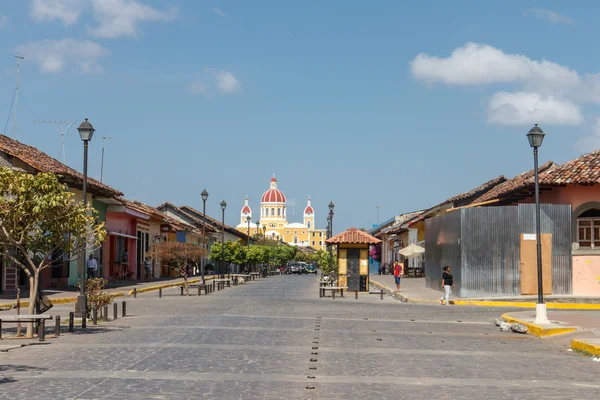
Famous for vallenato music, this northeastern city has capitalized on its cultural heritage to create safe entertainment districts and cultural venues. The annual vallenato festival draws thousands of visitors who enjoy the celebrations without significant safety concerns.
The city’s compact size and strong musical traditions create a community atmosphere that discourages crime.
Like Travel Pug’s content? Follow us on MSN.
Pasto

Near the Ecuador border, Pasto maintains a calm, safe environment that reflects its indigenous cultural influences and mountain setting. The city’s high altitude and cool climate contribute to a laid-back atmosphere where crime rates remain low.
The famous Black and White Carnival takes place annually with extensive security planning that ensures public safety during the celebrations.
Tunja
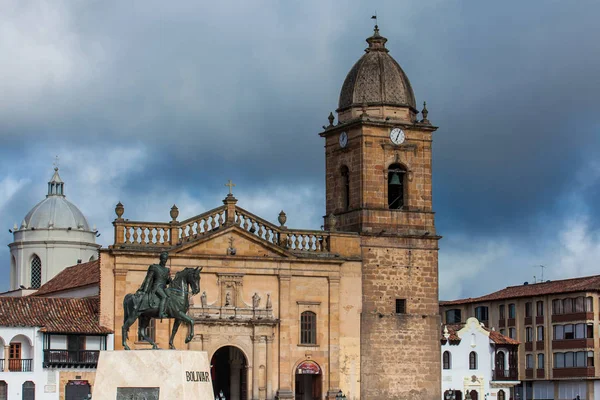
This colonial city north of Bogotá serves as the capital of the Boyacá department while maintaining excellent safety records due to its size and strong community ties. The historic center features well-preserved colonial architecture and operates as a safe zone for tourists interested in Colombian history.
University students and faculty contribute to an educated population that values security and community involvement.
Riohacha
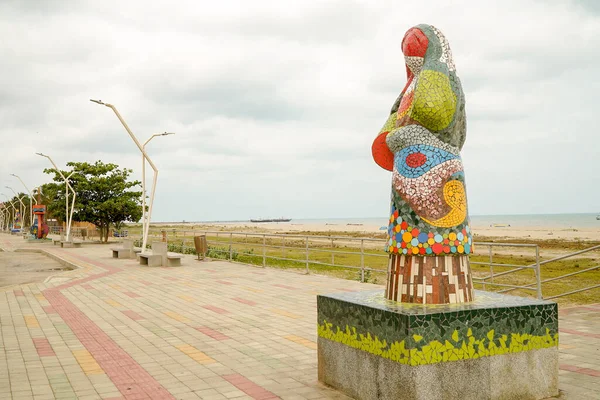
Located on the Caribbean coast near Venezuela, Riohacha has worked to overcome border-related challenges while creating safe zones for residents and visitors. The city’s indigenous Wayuu culture influences the community atmosphere, though local authorities have implemented security measures in tourist areas.
The nearby desert landscapes and indigenous communities can be visited safely with proper planning and local guides.
Like Travel Pug’s content? Follow us on MSN.
A New Chapter in Colombian Urban Life
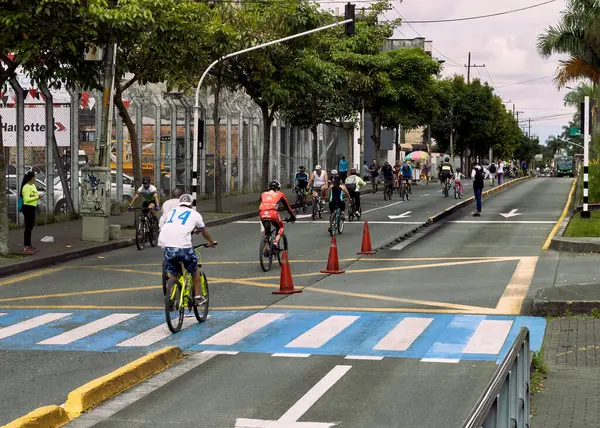
These cities represent a remarkable transformation that began in the early 2000s and continues today, proving that Colombia’s urban centers have evolved far beyond their troubled past. The combination of government investment, community involvement, and economic development has created environments where safety is no longer a primary concern for residents and visitors.
What was once a country where travel advisories dominated the conversation has become a destination where the biggest challenge involves choosing which incredible city to visit first.
More from Travel Pug

- 20 Best Beach Towns in the Carolinas
- 13 Destinations Where Tourists Regularly Regret Their Trip
- 20 Things You Actually Get in First Class
- 20 Small Airports With Aviation Museums
- 20 Places in the U.S. That Are Perfect for a Reset Trip
Like Travel Pug’s content? Follow us on MSN.
